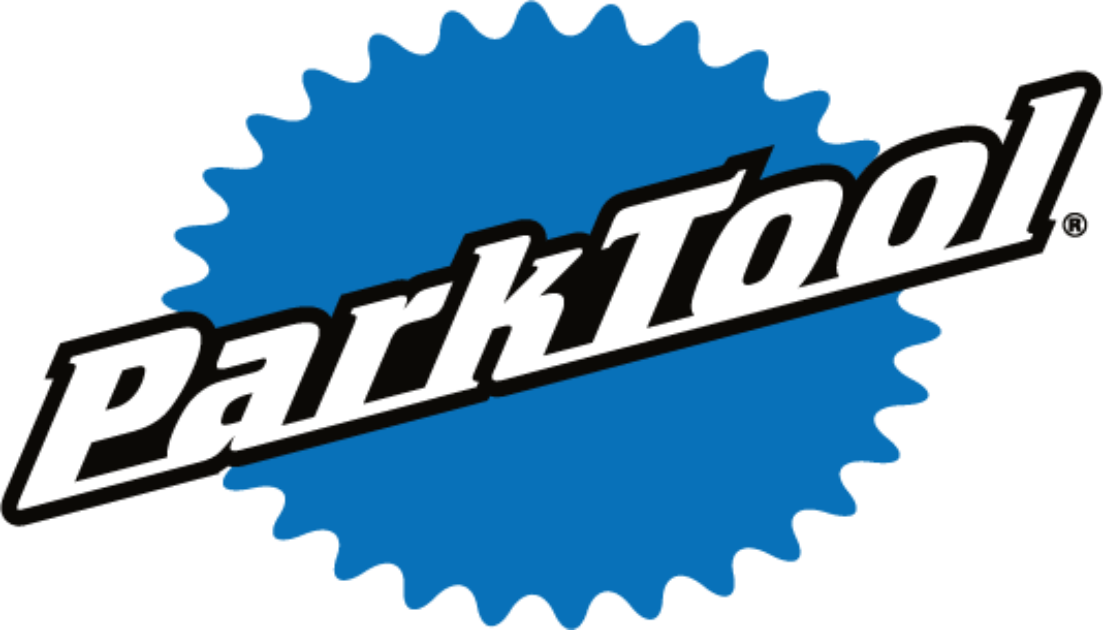No spoke tension meter here, it sounds like the sort of thing I couldn't afford, or justify the cost of*. I'm a spoke plucker, same as Tootyred. I don't believe it's important to have every spoke at the same tension. In fact, I don't think doing so would automatically produce a wheel that was perfectly true. I'm not sure why that is the case. Perhaps it's because rims, as produced, are not perfectly flat and perfectly circular, and spokes are not all exactly the same. From that point of view, it's inevitable that they'll be a range of spoke tensions in a wheel, and that having a range of tensions is not something to worry about or a sign of a poorly built wheel. I think the only important thing is that all the tensions are in the same ball park. Some of the older machine built wheels were terrible for this, as the machine would consider the wheel to be finished when it was true, regardless of whether some spokes were very slack, and other spokes very tight, although I've heard that modern wheel building machines have much better algorithms, and have the ability to assess spoke tension. For judging whether I've reached a satisfactory level of spoke tension, I just pluck the spokes in an existing wheel, and compare the pitches I hear to the spokes in the wheel that I'm building.
For entertainment, below is a video of a wheel truing machine. At 1:25 there is a process that looks like it is stressing the spokes before re-truing the wheel. For those who are building their own wheels, stressing the spokes can be achieved by putting a length of 12mm diameter wooden dowling into the spoke crossings, and pushing down hard. The alternative is to simply ride on the wheel, and then re-true it.
* I'm the sort of person who considers a bike frame and forks to be a perfectly good truing stand for the small number of wheels I have built.
